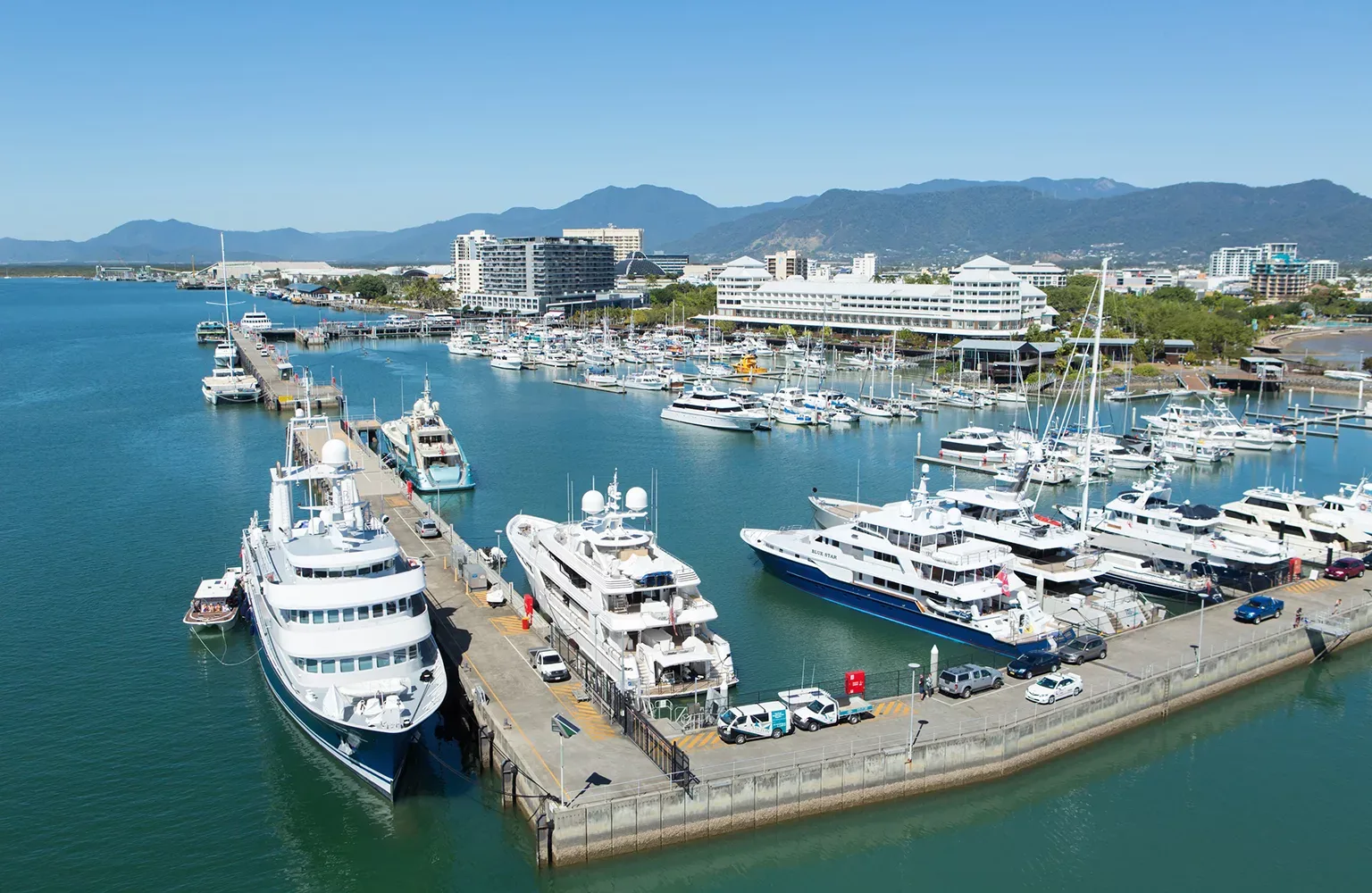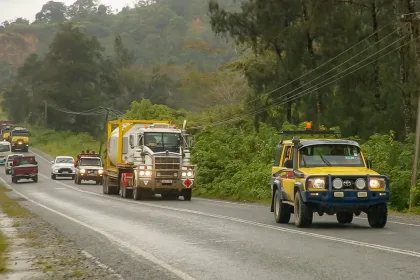REGIONAL DEVELOPMENT, NATIONAL EXCELLENCE
“I suspect that we’re one of the most diverse port operators in Australia. The Cairns Marlin Marina is home to a large fleet of reef tour operators and is becoming increasingly popular with superyachts, accommodating vessels up to 140 metres (m). We also have growing international and domestic cruise ship visitation, defence, and commercial fishing operations, alongside a well-established marine maintenance, fabrication, and repair industry,” he reveals.
“We have regional bulk commodity ports that provide access to some of the Far North’s most remote locations. This includes the ports of Skardon River, Cape Flattery, Karumba, Mourilyan, and the community port at Thursday Island.”
With such a broad remit of stakeholders, customers, and capabilities, Ports North cements its reputation as a leader within Australia’s maritime and port industry.
“We manage and develop port land and infrastructure to create economic opportunities and connect people. We’re multi-dimensional – far more than people would think,” Stevenson outlines.
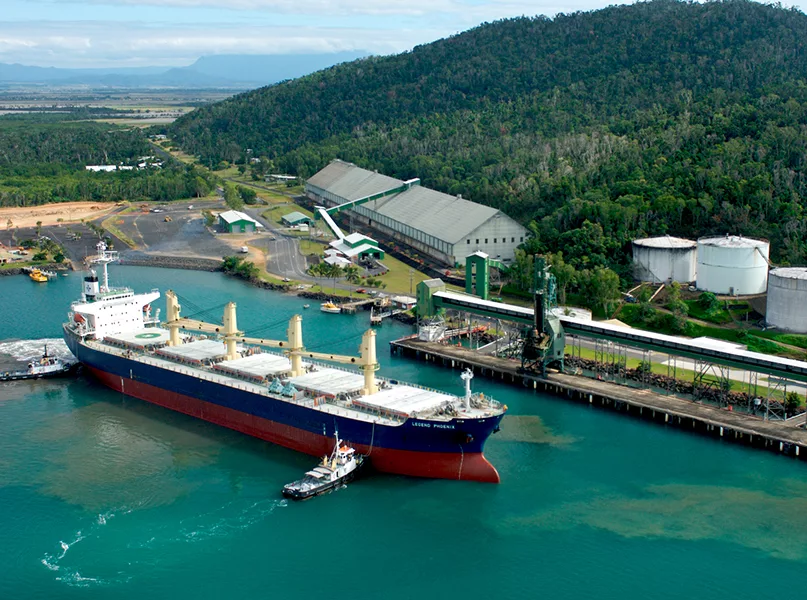
INVESTING IN LOCAL DEVELOPMENT
As a progressive organisation, Ports North proudly facilitates opportunities for regional growth within the areas it operates.
“We recently completed a 30-year master plan for the Port of Cairns and the Port of Mourilyan to provide a framework and pathway for regional development. It supports growth in tourism, project cargo, and coastal freight opportunities,” Stevenson details.
Created in consultation with more than 100 stakeholder groups over 18 months, the masterplan demonstrates Ports North’s vision to be a successful, sustainable port operator and a valued contributor to regional prosperity.
The company’s regional activities also include the Cairns Shipping Development – an AUD$120 million project completed in 2020. It has enabled cruise ships up to 300m to regularly berth at the Port of Cairns, which has facilitated record numbers of cruise ship visits, including upwards of 90 that are scheduled to visit in 2024.
“The project has been a real success story in terms of growth in our cruise industry, and we’re beginning to see the regional benefits of our investment. Cruising is taking off globally and we’ve been prepared to make the most of opportunities in this space.”
Furthermore, Ports North’s Cityport Development, a waterfront urban revitalisation project on the eastern side of Cairns city centre, is a proof point for the company’s commitment to investing in local infrastructure.
“Our Cityport Development involved regular engagement with residents and businesses. It’s important that we engage locally as much as we can to ensure our developments meet the needs of the community,” Stevenson elaborates.
The company furthers its impact on the community by providing secure jobs and good conditions for its employees while investing in efficiency and chasing new trade and economic opportunities.
“We are expected to operate a successful commercial business, and a core part of this is how we engage through an economic development lens with our local communities.
“As such, some of our activities may not directly impact our bottom line, but they will respond to local issues and support long-term community development,” he explains.
“We consider ourselves an infrastructure provider and facilitator across a diverse range of opportunities and people. We’re not a stock-standard port – far from it”
Richard Stevenson, CEO, Ports North
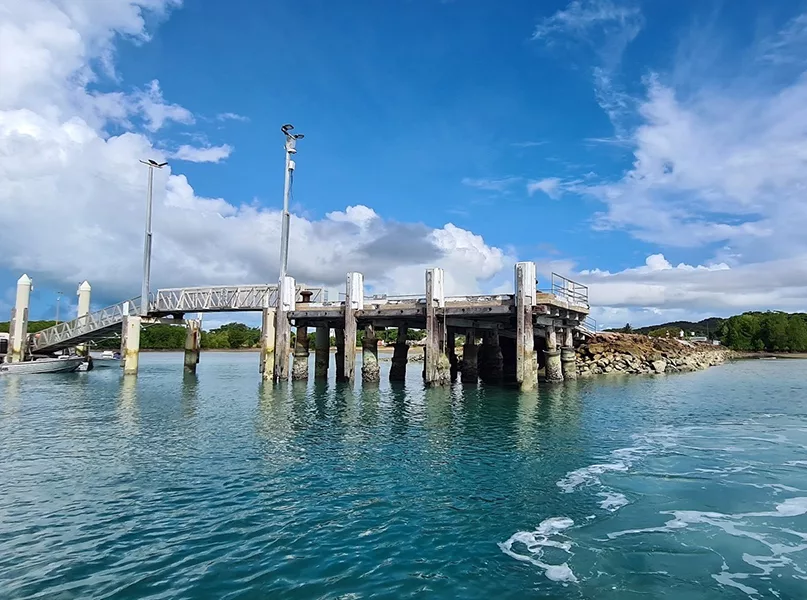
SUSTAINABILITY OF THE SEAS
As a sizable and active port organisation, Ports North is ideally positioned to bring together a range of key stakeholders while embedding a sustainable approach across all areas of its operations.
Committed to environmental stewardship, the company is guided by four strategic pillars that feature in its recent sustainability strategy: planet, people, prosperity, and partnerships.
Aligned with the UN’s Sustainable Development Goals (SDGs), the four chosen themes demonstrate the company’s commitment to finding and implementing a balanced, sustainable approach to all operations.
“Being where we are – adjacent to the Great Barrier Reef – we’re acutely aware that we’re a key warden of this culturally significant seascape and strive to ensure it is protected for future generations. So, we’re very conscious that our infrastructure projects need to be sustainably delivered and our operations sustainably managed,” Stevenson reflects.
As such, Ports North continues to work closely with the Great Barrier Reef Marine Park Authority and is a member of the Wet Tropics Healthy Waterways Partnership, the Reef 2050 Advisory Committee, and the Local Marine Advisory Committee.
Moreover, the company’s Environmental Management System (EMS) focuses on engaging in a range of monitoring projects to understand the physical, biological, and cultural attributes of the areas surrounding its ports. This ensures that it operates as a sustainable business that considers environmental, economic, and social impacts.
“We have a wide range of environmental programmes that we’re involved with, including long-term seagrass monitoring with TropWATER at James Cook University (JCU). We also undertake broader waste and energy reduction activities, as well as local sediment and water quality analysis and sampling,” he details.
Conscious of cultivating balance across the areas it operates, Ports North’s overall sustainability initiatives cover areas from regional prosperity, long-term planning, and business resilience to climate change and renewable energy, as well as continuing to nurture First Nations and sustainable regional partnerships.
“We’re mindful of our responsibilities as a business and the expectations of the community and our shareholders,” Stevenson surmises.
“Every day is different, and every day is interesting. Cairns is a great place to be, Far North Queensland is a great place to be, and so is Ports North. I’m proud of the organisation that I lead”
Richard Stevenson, CEO, Ports North
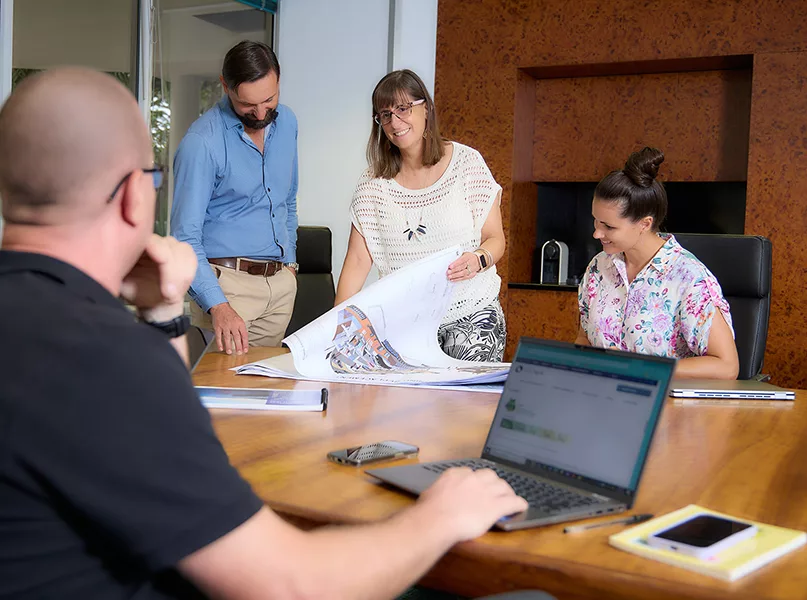
RESILIENCE AND ADAPTABILITY
In the face of adversity, such as natural disasters or economic uncertainty, Ports North’s robust operational responses confirm its resilience.
“We recently had Cyclone Jasper hit Far North Queensland hard. However, we were completely prepared, and our procedures allowed us to return our ports to operation within 24 hours,” Stevenson informs.
As a key connector to Northern Australia’s most remote areas, the ability for the company to remain resilient and responsive is critical.
Fuel, for example, can’t come into Cairns without access to the port,” he explains.
“Our business is tightly focused on positive outcomes for our stakeholders and strong customer relationships. We need to maintain a resilient response to natural disasters, so we can minimise any negative impacts.”
In addition to its operational durability, Ports North has recently engaged in some major wharf infrastructure works to maintain structural integrity against rising sea levels.
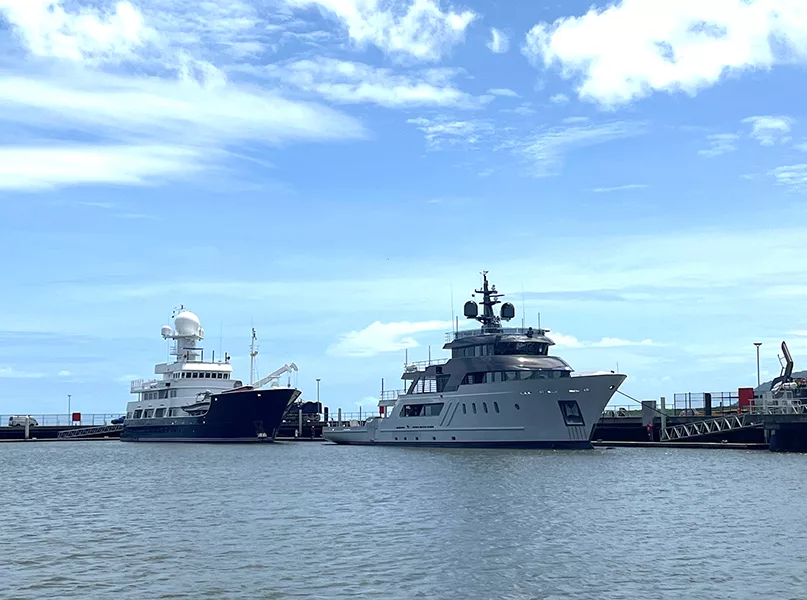
“All the activities we’re undertaking from an infrastructure point of view take into account natural hazards to ensure that our ports and wharves can remain resilient for the next 50 years and beyond,” Stevenson posits.
In terms of combatting economic pressures, Ports North believes that continuing to run a successful and profitable business is the most effective way forward. Nevertheless, it works hard to ensure that costs to its end users are fair and justified.
“We spend significant amounts of time considering how we create value for our customers and how to best manage costs and inflationary challenges,” he exemplifies.
Looking to the future, the company will continue to focus on pursuing sustainability opportunities while promoting stakeholder relationships and staff growth.
“We’re a diverse port operator, and a whole range of stakeholders, people, and opportunities come with that. We constantly have opportunities and challenges to pursue – it keeps us interested, excited, and able to have a significant impact,” Stevenson concludes.



